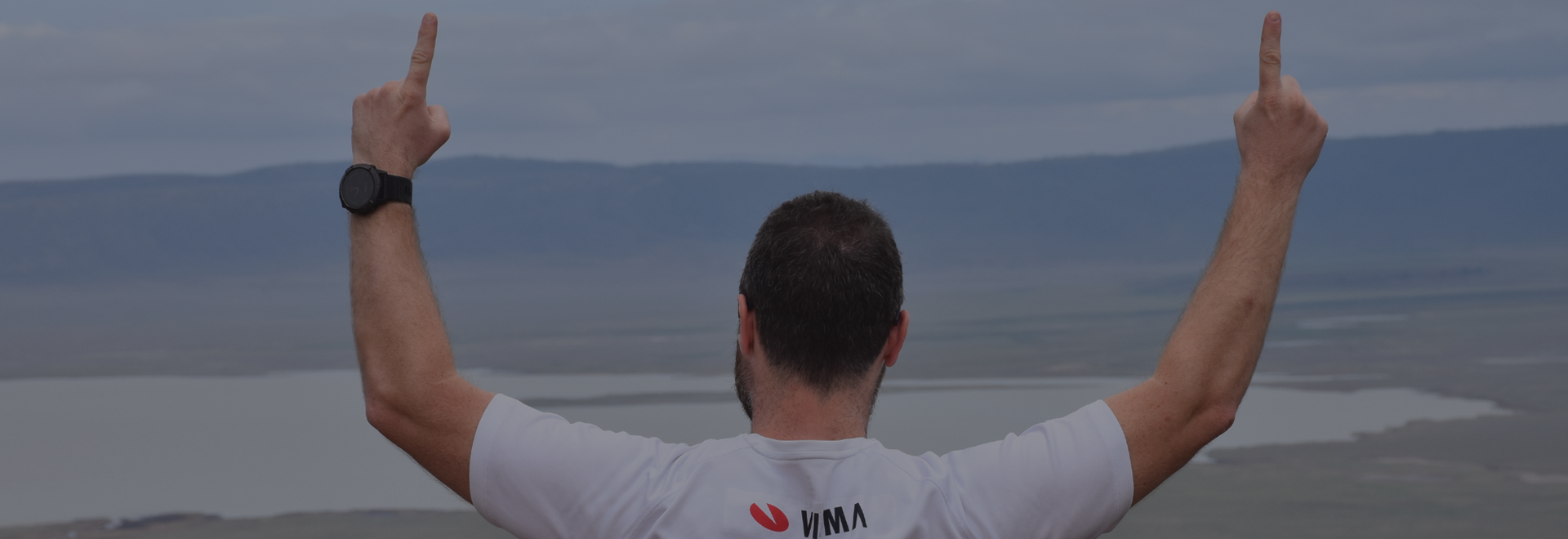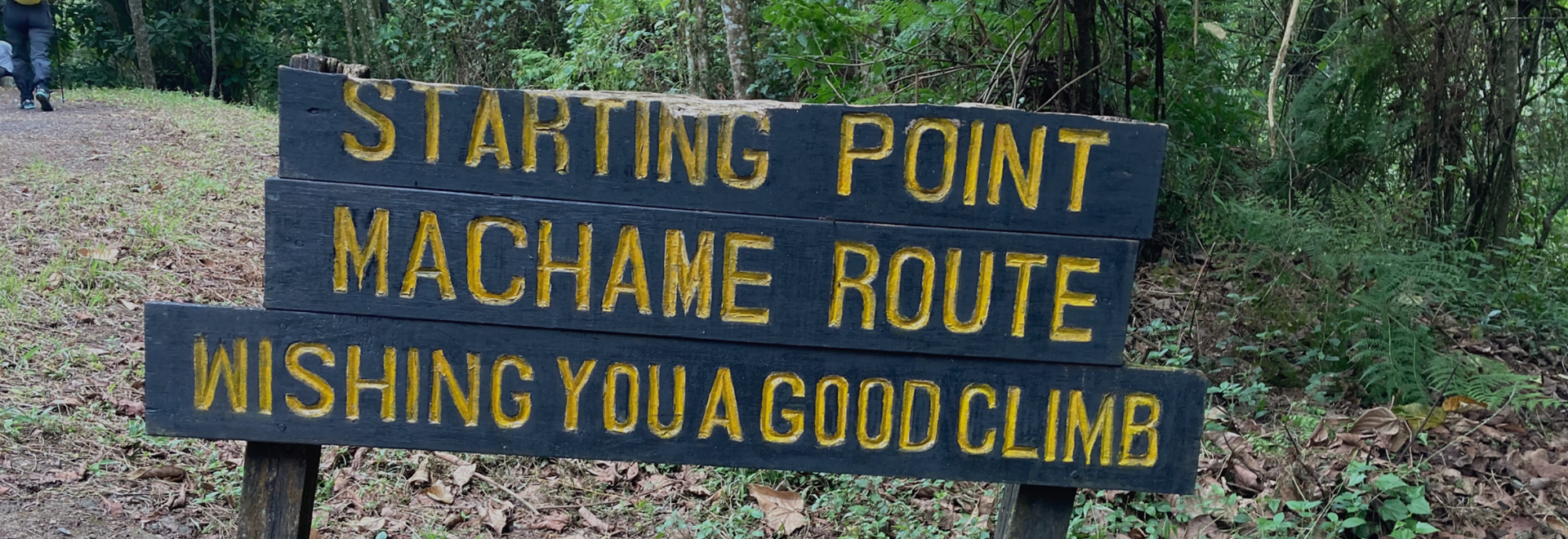
Climbing Kilimanjaro
The Story by Alex Pastiu
Approximately 25,000 people attempt to summit Mt. Kilimanjaro annually. Approximately two-thirds are successful and I am one of them!

Approximately 25,000 people attempt to summit Mt. Kilimanjaro annually. Approximately two-thirds are successful and I am one of them!
Hope was the only thing left, hope that I will be fine enough by December to try to ascend Kilimanjaro. I did 2 preparation climbs before, one in Lespezi and one in Vihren and all seemed to be ok, knee, mind and everything. Oh, did I mention that the plane tickets were bought, canceled, reimbursed and then booked with another company and changed again? Fun times.
All things considered, I wast prepared for the trip. Having read and checked several platforms for guides on how to climb the Machame route, which gear to pack, what to expect in terms of acclimatization, how the weather might be and so on. And guess what? All equaled to a huge zero once I actually glanced at the mountain top from the plane and then again from the hotel. It was daunting! Kilimanjaro is the tallest mountain on the African continent and the highest free-standing mountain in the world, with its three volcanic cones out of which one could erupt again - I know the The most recent activity was about 200 years ago, but I was not at my most rational. Doubt started to creep in, but if 87-year-old Frenchman Valtee Daniel could do it, so can I.
In the evening our mountain guide from KiliAffrica Tour, gave us more details about the road, about our daily schedule, and how it will go. They also encouraged and told us that we shouldn’t worry about the summit, that we need to take things one step at a time, to go “pole pole” (slow slow) and they will make sure we reach the summit. Then they proceeded to do a gear check to make sure we each had what was needed in order to pursue our goal.The sight of the mountain created uneasy feelings, bad sleep and I was more and more consumed by fear of failure. I guess that is how it feels the first time you are facing a 5,895 metres challenge for the first time.
Early on Tuesday, at around 8 am we got packed into cars and drove to the Machame Gate, situated at 1800 meters, where the porters were sorting the luggage and packing all food/tents/mess tents/toilets into bags no heavier than 20 kg. It was a large sea of people as two expeditions were preparing to go up, and around 60-70 porters were going back and forth to weigh everything.
The walk through the rain forest took hours, so I got to enjoy some new and fascinating scenery that we don't really have back home. Paths reinforced with wood and soft earth guided us so we don’t have to walk on dirt and rocks. Almost every kind of ecological system is found on the mountain: cultivated land, rain forest, heath, moorland, alpine desert and an arctic summit. On the way up, I met a local porter named Willy.Willy asked me if we could walk together to the campsite and hoped it was OK to have our conversations in English as he was really interested in practicing his English. I was amazed that he asked if I would allow him to walk beside me and talk. In our walk I’ve learned how many things we take for granted. It was a lesson in humility and personal space/boundaries. The road took ~2h more and we reached the campsite named Machame Camp 2835 m.
A journey is not complete if food is not involved. Videos on Youtube and discussions with people prepared me for pickles soup and popcorn. So, I was mentally prepared for 7 days of that. To my surprise, our Masai chef cooked something different each day and I have to say it was good food (some might disagree, but this is my story and it was good food). We had 2 waiters assist each meal, always polite, smiling and doing their best to explain what we were eating.
Water purification pills were a must in order to ensure we don't get a stomach bug and ruin our trip. Horrible, all I drank tasted like doodoo so I only used pills for the water camelback and not for the hot water that we received. After the second day I figured that the water we use to drink tea/coffee is probably not fully boiled but still no issues, so why not just roll with it.
Interesting fact: over the mountain, each camp had ranger huts to collect rainwater in 2-3000 L plastic tanks. All the porters were drinking from there. We got our water from rivers or underground rivers.

I don’t think I actually realised what had happened and still am somewhat confused “did we actually do it?”. Things settled in on the way down and I was finally able to relax and calm.
- Thanks to KiliAfrica porters and guides for the hard work and for taking us to the top.
- Thanks to Mitza Matei for organizing and leading the trip.
- Thanks to Visma for the support and belief that I can do this.
- Thanks to my family for keeping me going, even when the chips were down.